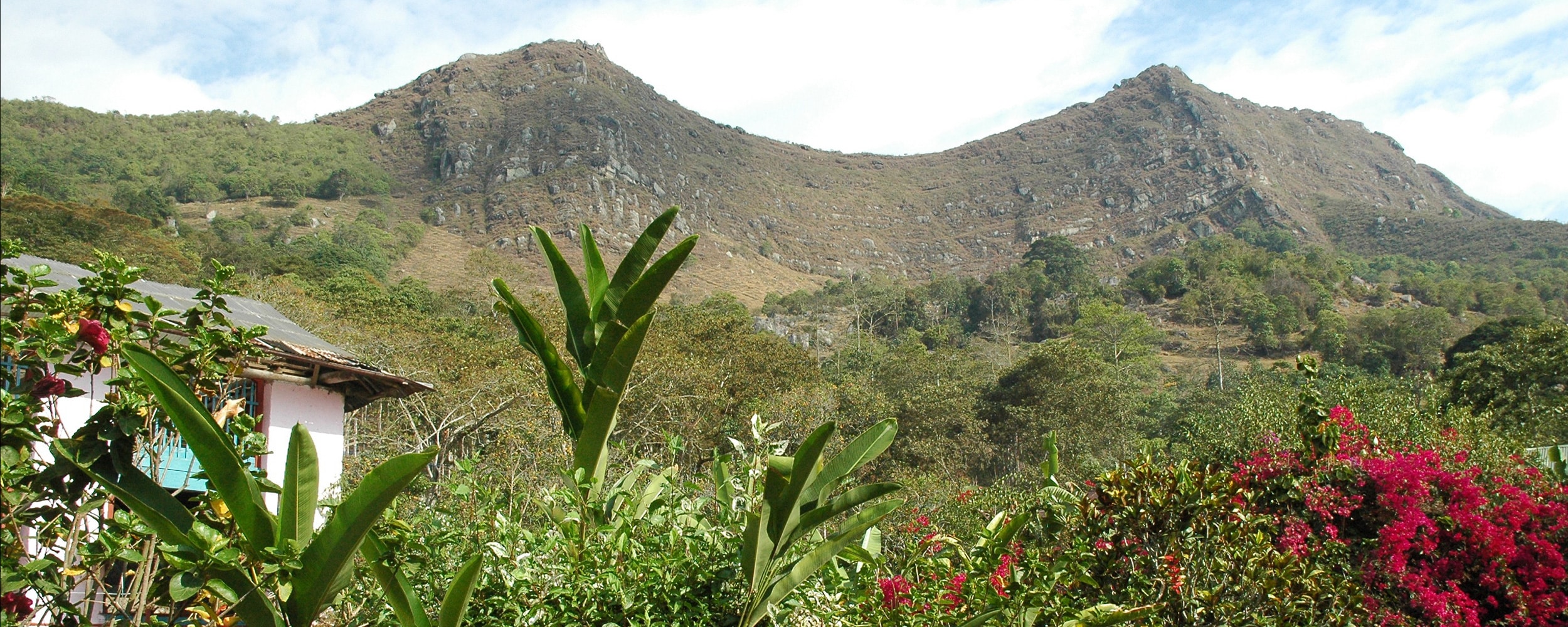Since opening in 2013, we have tasted coffees and had many constructive conversations about how we can make a relevant impact on our coffee origins. The conversations focused on the lives of the people in the specialty coffee chain and the future of the coffee industry. As idealistic as it sounds, we take our role in the coffee industry and as business owners seriously. Before opening Blueprint, we came up with the following questions to determine the success of our sourcing, and guide our Coffee Origin Partnerships.
1) What coffees in our line up have been consistently good? And why?
2) Which coffees have long-term connections with our importers?
3) How can we make a relevant impact to the people growing, harvesting, and processing coffee?
4) How can we do that in a manner that shares in the risks taken by our importers and the people of specialty coffee?
5) How do we do that in a manner that is mutually beneficial to the producers as well?
After pondering these questions many times and taking a number of trips to visit producers at origin, we set the following principles to approaching our origin partnerships.
Building Trust
To establish a foundation of trust with our coffee partners, we need to establish a level of relationship and partnership based on common goals.
The seed that this partnership grows out of is a connection both personal and business. This is why after having bought, roasted, and sold a partner coffee, we establish deeper ties that are important to us. In some cases, we identify these partners based on the history and experience of our importers. They are the ones investing time and resource, building quality and relationships. This is before Blueprint was ever in the picture.
Trusting our importers is just as important as trusting our origin partners. We rely upon them to gain insight into the region, the personalities of the farmers, and the present and future state of the regions.
Insuring Risk
After meeting the producer or experiencing their coffee, we begin a process of inquiry to identify the producer’s needs. Then, we consider if Blueprint can assist at a basic level. To a farmer, processing adjustments in the name
of quality improvement is a risk. It cannot be separated from any other risks and costs of farming, like drought, disease, farm management, and market fluctuations. An attempt to improve quality by changing reliable methods can be a greater risk. A 2011 agricultural study by The Jornal of Risk and Assurance showed that farmers will not take a risk in adding new crops to their farm unless it is insured. This included the farmers known for great quality and farm management.[1] When the test group started offering insurance, the farmers started planting new varieties of crops to diversify their offerings.
At Blueprint, we do not want to encourage a risk for a farmer that is not insured or supported by us. We benefit from the positive results if it works and feel it is unethical to back out if it doesn’t. This grows trust. This creates learning. We believe in the learning process as an indispensable component to these coffee origin partnerships. Both parties gain an understanding of sound principles. These principles assist in the long-term goals of all parties to improve quality, sustainability of the farm, and strength of the partnership.
Maintaining or Creating Environmental and Economic Sustainability
To begin a conversation about sustainability we need to start with the coffee plant and what supports it. What provides its health and long-term vitality is the foundation of sustainability. We are firm believers that soil is the source of long-term health and sustainability of any farm. Conventional farming has ignored and misunderstood the needs of plants for too long. To have healthy and disease-resistant plants, soil biology needs to be sound. We have
personally invested our time and energy in understanding the micro-ecology of soil and the need for improving composting methods and applications. This contributes to the foundation of our coffee origin partnerships. We are actively supporting this approach to soil health in Guatemala and Rwanda with two of our origin partners. Our goal is to reduce the input costs of fertilizers, herbicides, and pesticides. In addition, making a healthier environment for the plants, people, and earth.
Identifying the Real Costs of Production and Quality
Another step in building our coffee origin partnerships while moving together towards economic sustainability and improved quality is to establish the real costs of production. To have an honest and fair conversation about shared risk between partners is to establish base line costs. Farmers face unpredictable variables every year but have very pragmatic decisions to make, such as:
How do I sell my coffee in order to make ends meet?
Where will the market be next year?
Should I try something risky and attempt to get more money for my coffee?
If so, will the market hold out to reward that investment?
What if I try something different and the importer/roaster rejects it and the market is down?
These questions, in addition to outside pressures, are a part of the pragmatic decisions farmers face annually. This is why real costs are established as we start to build coffee origin partnerships. Then, any agreement to improve quality is firmly rooted in the costs the farmer incurs and the yield they produce. Blueprint directly perceives the value in improved quality. We are committed to our partnerships regardless of result, because real costs were invested in the product.
Understanding the Fundamentals of Quality
So, the immediate question to the above principle is to ask, “What if the coffee isn’t good enough?” Any collaboration must have clear goals and methods mapped out. This results in a better understanding of fundamentals of quality. There is a need to root the fundamentals of quality in data. It should allow both parties to first understand the process, then communicate how the process influenced the result. This quickly gets technical and involves infrastructure development. Luckily, this analysis does not all need to occur at once. We see this as a process to build year-to-year as connections between costs and quality are discerned. The extent of our investment can then be adjusted according to need. The idea is to work collaboratively to establish a baseline for quality and leave with a better understanding of how it happened.
This helps establish a framework for the collaboration to grow and move forward. Most importantly, it allows the commercial relationship to move beyond pass/fail status. Simultaneously, it allows for a progressive partnership that grows on information. When both parties trust each other and understand the goals, we share the incentives, costs, and benefits, therefore allowing a mutually beneficial process. [2]
[1] The Journal of Risk and Insurance, 2011, Vol. 78, No. 1, 37-55
[2] https://www.nobelprize.org/nobel_prizes/economic-sciences/laureates/2016/popular-economicsciences2016.pdf

